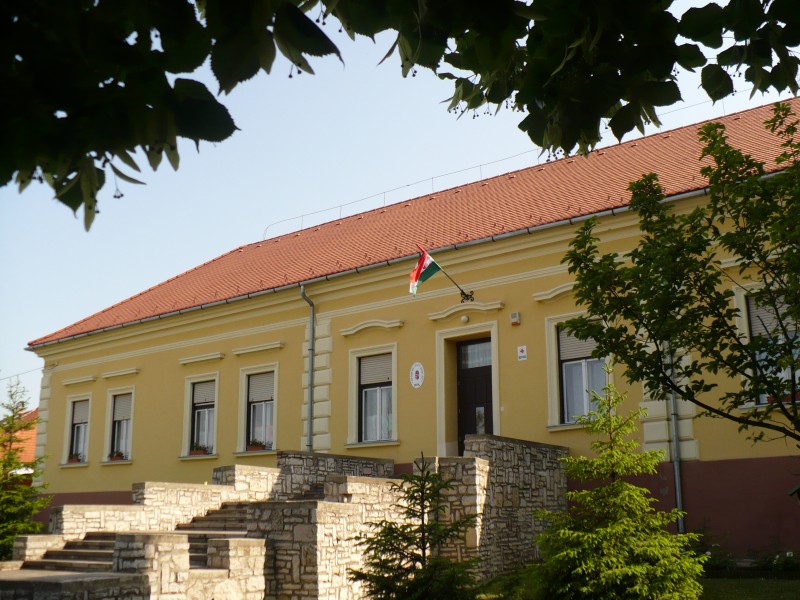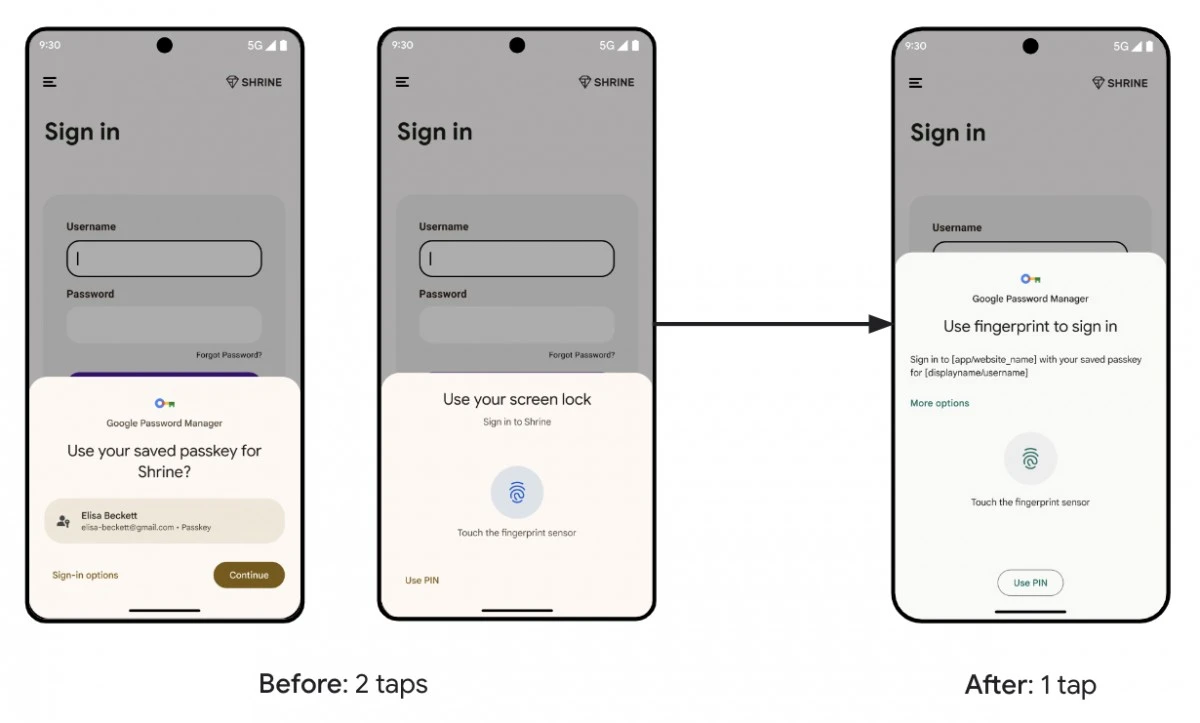Over the centuries, the Vikings reached many remote places during their extensive travels and explorations. Although their journeys mainly extended to North America and Newfoundland, the question arises: Did they also reach Africa, the Middle East, or Asia?
The Vikings' main motivation was power and wealth, writes A Live Science. According to Alexandra Sunmark, professor of medieval archeology at the University of the Highlands and Islands in Scotland, the Vikings were aware of what was happening in England and on the continent. They knew they could get rich by trading, but the time came when they realized they didn't need to trade anymore. They simply took what they needed.
In the Viking Age, AD from 793 to 1066, organized fleets of young men launched raids in the summer months, returning in the fall with their rich spoils. What was a big change was that over time, these invaders settled in new areas, bringing their families with them and establishing permanent settlements and important trade routes.
“The Vikings sometimes ruled vast territories, but with the exception of King Cnut's North Sea Empire, no empires have emerged. Archaeologists use the name pirate kingdom, where separate warlords or commanders worked together, sometimes with huge armies, sometimes in smaller, independent groups “It was all about personal power and wealth, not national pride.”
said Ellen Ness, an archaeologist at the Museum of Cultural History in Oslo, Norway.
The first adventures of the Vikings
Early western campaigns led into northern Scotland, where the Vikings easily defeated the natives and established settlements. Voyages continued to the Hebrides and Faroe Islands, and by 870 they also reached Iceland.
Vikings in Greenland and beyond
A truly impressive event occurred around the year 1000, when they crossed the Atlantic Ocean and reached the southwestern part of Greenland. Finally, they reached the settlement of L'Anse aux Meadows in Newfoundland, which was 3,900 kilometers from Norway. Although the Vikings did not remain long in their settlement in North America, this maritime feat is recognized by everyone in the world.
Ness said:
“Greenland was important to the Vikings, especially on their voyages to Newfoundland. There they could hunt walruses, which were considered a valuable treasure because of their bony teeth and skin.”
2023 one A study published in the journal Antiquity According to the Vikings, they brought large trees from North America, which they used to build their settlements in Greenland.
Although it is not clear why settlement in Newfoundland stopped, according to Ness, “the area had fallen away from the original homeland, and the resources there were similar to those at home. Therefore, there was no real incentive for further exploration.”
They looked to the east
The eastern expansion of the Vikings was of a different nature. Viking warriors crossed the Baltic Sea and reached Kiev and Novgorod via the inland rivers of Eastern Europe and Russia in the 9th century AD. From there they moved towards the Byzantine Empire, reaching Constantinople and Baghdad around the year 1000. According to Sunmark, “There was a big difference in the type of civilization, and I'm sure they were impressed by the Arab buildings, clothing, artefacts, and coins. Here, the Vikings focused more on trade, and assimilated into the population.” locals, and became economically stronger.”
The Vikings probably went further east than archaeologists can prove.
“We can trace them based on burials, settlements or written sources, but when these traces disappear, we can only see what they brought to Scandinavia. Chinese silk from this period has been found in Sweden, but we do not know how far they went to obtain these Article. In any case, their connections with China and India have been proven.”
Southern expansions
We don't know much about the Vikings' southern expansion, but at the beginning of the 11th century they arrived from northern France across the Iberian Peninsula to the northern coast of Africa. The desert crossing was never attempted due to difficult conditions and lack of water routes.
The Viking Age ended in the mid-11th century, when contact with different cultures, political changes, and the spread of Christianity led to a change in social attitudes. However, the Vikings helped explore and shape the world, and their culture left traces in far-flung lands.
We also wrote about how Vikings thought through their bloody deaths, read our article here.
We also wrote about how the Swedish Vikings knew about dental remedies and toothpicks, details here.












































